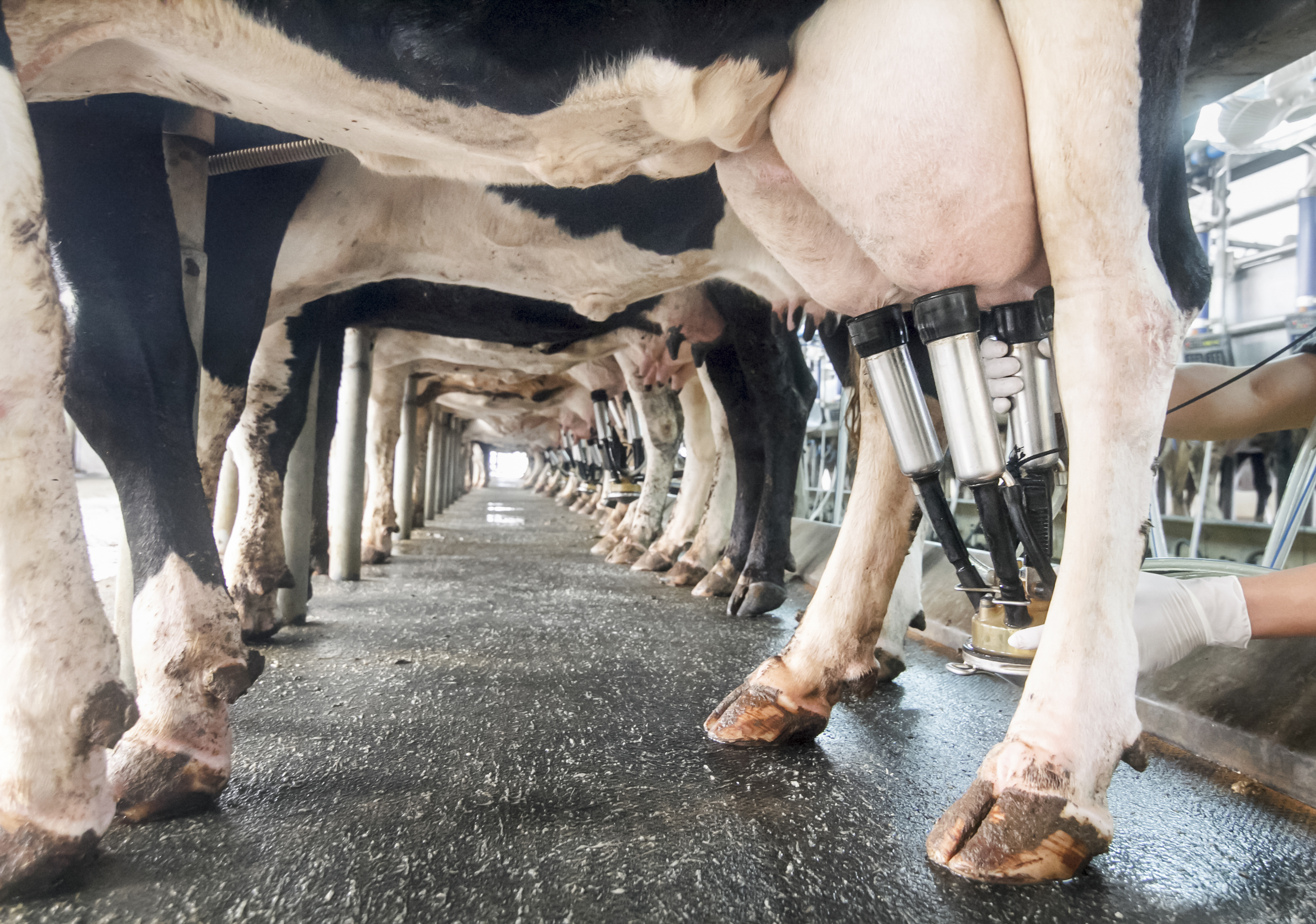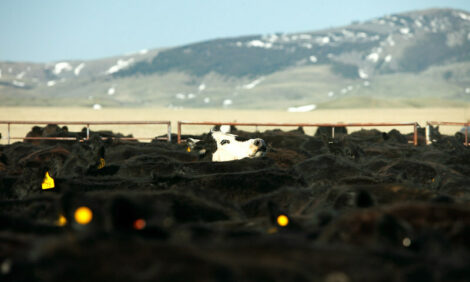



EU's efforts to manage milk market disturbances missed the mark
A new report from the European Court of Auditors finds that the trading bloc's support measures for milk producers who were affected by the Russian import ban was not sufficiently targeted.The European Union took broad measures to support farmers during the 2014-2016 milk market disturbances. Its reaction to Russia’s ban on dairy products was swift. However, actual producers’ needs were not sufficiently assessed and aid granted not enough targeted, according to a report by the European Court of Auditors (ECA). The EU has endeavoured to apply the experience it gained in the 2014-2016 disturbances to improve its management of potential future crises in the milk sector.
.jpg)
In the early 2010s, farmers in some EU Member States significantly increased their milk production, taking advantage of higher prices which peaked at the beginning of 2014. In August 2014, the Russian Federation banned dairy products from Member States in response to EU sanctions over Ukraine, at a time when EU exports to China were slowing down. All these factors led to an imbalance between supply and demand across the whole sector until mid-2016. The EU common agricultural policy (CAP) provides mechanisms that mitigate such situations, including direct payments to stabilise farmers’ income, market intervention measures known as the "safety net" to support prices by temporarily removing surpluses, and exceptional measures to counter market disturbances.
“Milk production makes up a significant part of the EU’s agricultural sector, and the European Commission, together with Member States, did take certain action to support farmers’ income during the 2014-2016 market disturbances”, said Nikolaos Milionis, the member of the European Court of Auditors responsible for the report. “But it must be better prepared in the future to respond more efficiently to potential crises in the sector.”
The auditors conclude that the European Commission reacted rapidly to the Russian ban. After it had estimated the volume of lost exports of butter, cheese and other dairy products, it issued – already by the end of 2014 – a first package of exceptional financial support for farmers in the Baltic countries and Finland, which were the most affected countries. But the auditors also note that the Commission took longer to address underlying market imbalances. The Commission provided some €390 million EU funds for voluntary production reduction, available throughout the EU. But, as a reaction to historically low prices, many farmers had already cut their milk production before these aid measures were implemented.

Despite the income stabilisation effect of direct payments, whose share in dairy-farm income reached around 35% in 2015 and 2016, milk producers can face cash-flow issues following a sudden price fall. The Commission sought to address this issue, but it did not assess the scale of dairy farms’ cash-flow difficulties. The auditors found that the amount of available resources – instead of actual needs – played a major role in the budget allocation. Member States favoured exceptional measures that were simple to deliver and opted for a wide distribution of funds, without much targeting of the aid.
To fund its exceptional measures for 2014-2016, the Commission considered calling on its "reserve for crises in the agricultural sector". Ultimately, though, it did not do so. In order to be prepared for future crises, such as those which might be caused by a pandemic, the Commission tried to build on lessons learnt. In particular, for the 2021-2027 CAP, the Commission has proposed to strengthen the role and potential impact of the reserve for crises by making its use more flexible. However, it has not adequately assessed the effects of the arrangements made by Member States, though this could help greatly to increase preparedness for any future market disturbances, say the auditors.


